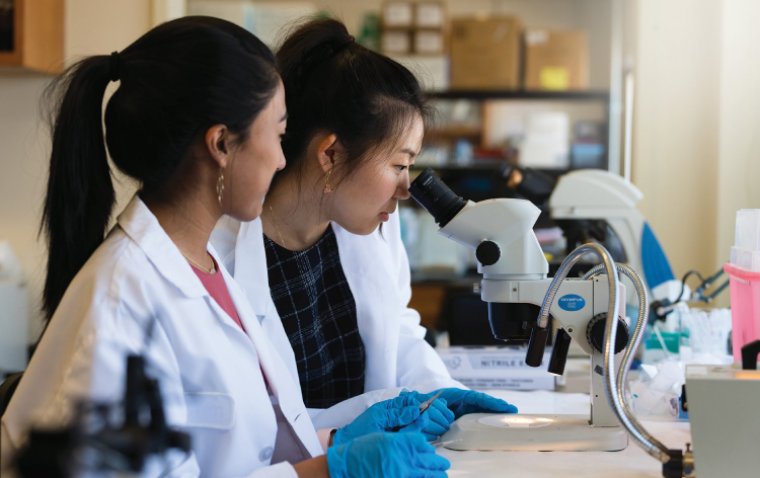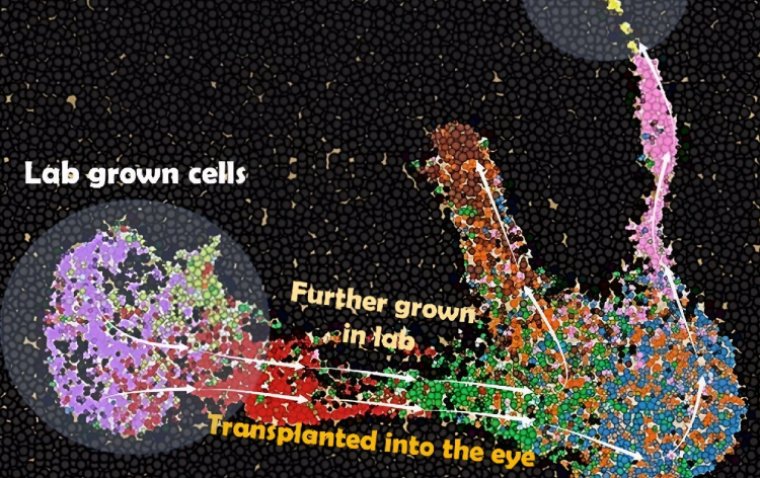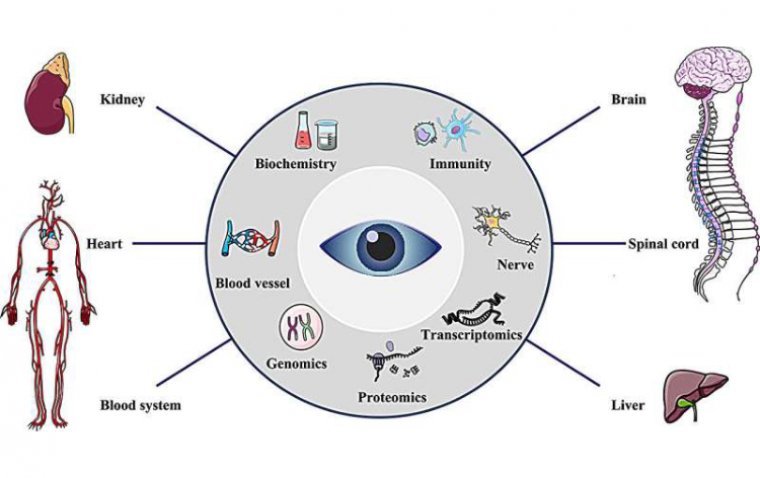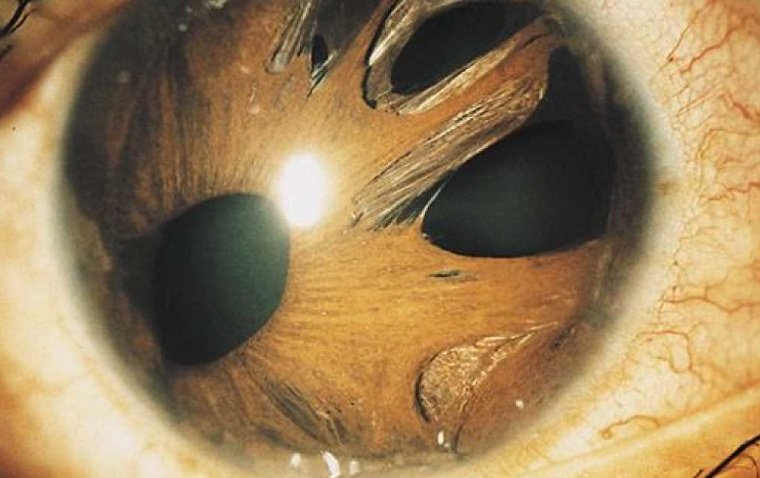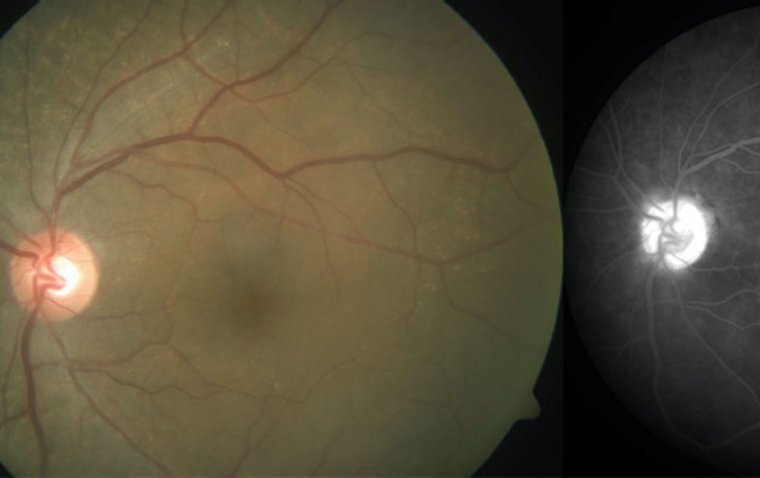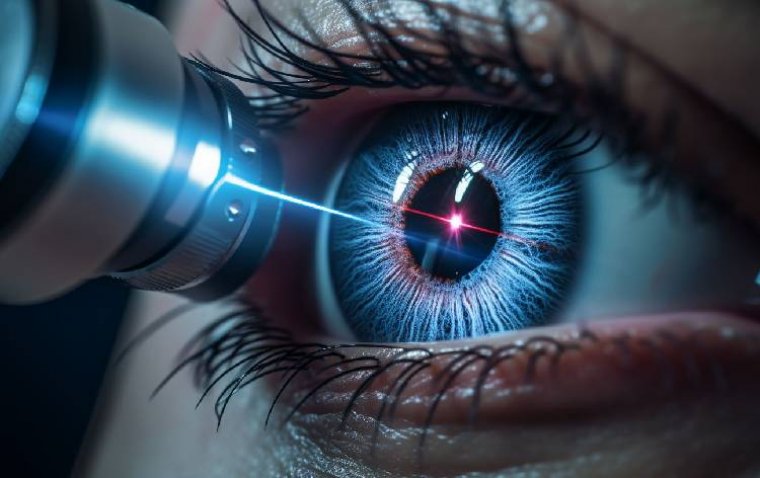New Robotic Eye Examination System Receives $1.2 Million NIH Grant
Researchers from the University of Illinois Urbana-Champaign and Duke University have developed a robotic eye examination system. The National Institutes of Health has granted the researchers $1.2 million to expand and improve this system.
Duke University professors Joseph Izatt, specializing in biomedical engineering, and Anthony Kuo, in the field of ophthalmology, serve as co-principal investigators for the project. This award, jointly sponsored by the National Robotics Initiative, will be disbursed over a span of three years.
According to a news release from the University of Illinois Urbana-Champaign, the researchers have developed a robotic system designed to automatically position examination sensors for scanning human eyes. This system employs an optical scanning method that can operate safely from a distance away from the eye.
Currently, scientists are in the process of integrating additional features that will enable the system to perform most of the steps involved in a standard eye examination. These improvements will require the system to function in closer proximity to the eye.
“Instead of having to spend time in a doctor’s office going through the manual steps of routine examinations, a robotic system can do this automatically. This would mean faster and more widespread screening leading to better health outcomes for more people. But to achieve this, we need to develop safer and more reliable controls, and this award allows us to do just that,” said Kris Hauser, Study Principal Investigator and Professor, Computer Science, Grainger College of Engineering, University of Illinois.
Automated medical examinations have the potential to expand access to routine healthcare services to a broader population while allowing healthcare professionals to attend to a larger number of patients. However, medical examinations pose unique safety considerations when compared to other automated procedures.
Fostering Trust in Robotic Systems for Delicate Tasks
It is of utmost importance to instill trust in these robots to carry out their tasks consistently, reliably, and safely, particularly when working in close proximity to delicate and sensitive body parts.
In a prior project, Hauser and his collaborators developed a robotic eye examination system that utilizes optical coherence tomography, a technique for creating a three-dimensional map of the eye's interior. While this capability enables the diagnosis of several conditions, the scientists aim to enhance the system's capabilities by integrating an aberrometer and a slit eye examiner. These additional features necessitate the robot arm to be positioned within two centimeters of the eye, underscoring the imperative need for improved robotic safety.
“Getting the robot within two centimeters of the patient’s eye while ensuring safety is a bit of a new concern. If a patient’s moving towards the robot, it has to move away. If the patient is swaying, the arm has to match their movement,” Kris Hauser added.
In the context of autonomous vehicles, Hauser compared the control system to those previously employed. Although the system may not respond to every conceivable human behavior, Hauser noted that it should be capable of avoiding "at-fault collisions," much like self-driving cars.
The awarded funding will enable the scientists to conduct extensive reliability testing, a crucial aspect of which involves ensuring the system's functionality for a wide range of individuals. To achieve this, the scientists have devised a second robot that employs mannequin heads to simulate sudden human behaviors.
Additionally, this second robot will introduce variability in the appearance of the mannequin heads by incorporating different facial features, skin tones, hair, and coverings. This diversity helps the scientists better understand and mitigate the potential effects of algorithmic bias within their system.
While the system's initial development is intended for clinical settings, Hauser envisions future applications where such systems could be deployed in retail settings, akin to blood pressure stations.
“Something like this could be used in an eyeglass store to scan your eyes for the prescription, or it could give a diagnostic scan in a pharmacy and forward the information to your doctor. This is really where an automated examination system like this would be most effective: giving as many people access to basic health care services as possible,” Kris Hauser concluded.


